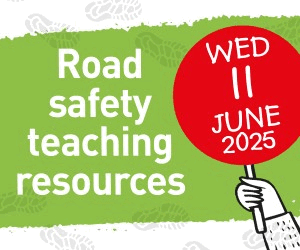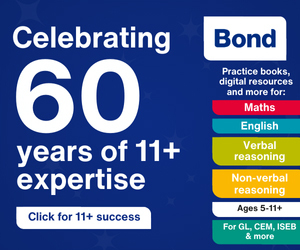Primary Times - the definitive what’s on and where to go family guide of activities and events for children of primary school age. Things to do with your kids during the school holidays including arts and craft activities, music and theatre for children, parties, competitions, days out, and family attractions along with term time drama schools, dance classes, after school clubs and sports activities. Things to do at a place near you!
Teaching children to differentiate fact from fiction online
 Karthik Krishnan, Global Chief Executive Officer of the Encyclopaedia Britannica Group, highlights the challenge that learners (plus teachers and parents) can face due to unsubstantiated information on the Internet.
Karthik Krishnan, Global Chief Executive Officer of the Encyclopaedia Britannica Group, highlights the challenge that learners (plus teachers and parents) can face due to unsubstantiated information on the Internet.
I grew up using the beautifully bound Encyclopaedia Britannica books in the library. Perhaps you did, too, unless you were fortunate enough to have a set at home. At the time, this big row of books was our central source of knowledge.
With the advent of the Internet, people switched from using printed encyclopaedias to sourcing information online because of the ease of access.
However, while a lot of information on the Internet comes from credible sources, sadly a huge portion of it doesn’t. Examples of fake information on the Internet include, “NASA runs a child-slave colony on Mars!”,and “photos taken by a Chinese orbiter reveal an alien settlement on the moon!”
Unfortunately, current search engine algorithms are not yet advanced enough to differentiate between plausible and credible information. A number of people are taking advantage of this limitation and their understanding of the search algorithms to get their own biased or unsubstantiated views to the top of the search engine results page.
So where does this leave parents and teachers, who recognise the incredible value of the learning content on the Internet, but resist allowing children uncontrolled access due to the unreliable quality of the information? It leaves them looking for credible sources of information, sources they can trust and don’t have to doubt.
Yet finding credible information on the Internet has become an ordeal. In our busy lives we all, and especially children, tend to stick to the first few results on the search page and walk away with ‘an’ answer, even if it may not be true; and it puts the future of knowledge at risk.
For 250 years Britannica has curated and provided trusted information to the world and helped knowledge evolution. As a brand that deeply cares about human progress, our mission is to help people cut through the noise and discover reliable information in engaging ways; we all place a high value on convenience.
The opening sentence on the first page that Britannica published in 1768 says, ‘UTILITY ought to be the principal intention of every publication. Wherever this intention does not plainly appear, neither the books nor their authors have the smallest claim to the approbation of mankind.’ This remains imperative to meet the user’s needs in today’s digital world, now more than ever before. The media we work in may have changed, but our mission has not.
So how can we help teachers, parents and pupils to spot fake news?
CHECK THE SOURCE
It might sound silly, but a good starting point is to always check the source. There are hundreds
of newspapers, magazines and websites, and while many provide legitimate information, some are known to be unreliable. So, look at what you’re reading, what the URL is or who has quoted the information – and don’t be afraid to second guess it. Compare the results to other sources and make sure the information you’re using is reliable and accurate. The more you do this, the more you’ll get used to knowing where to go for trusted content!
LOOK FORLESSON PLANS AND ACTIVITIES
It’s important to help students acquire their own skills and habits of mind to separate fact from fiction. One way to encourage this is to look for online tips, resources and lesson ideas that will help them identify anything rogue. For example, just from a quick search you can find lesson activities exploring ‘The five ‘W’s of website evaluation’, quizzes of real-life examples to test their skills, and whitepapers and video clips providing guidance on how to make more informed decisions about news.
 ASK THE EXPERTS
ASK THE EXPERTS
If time permits, why not try visiting the local library for further information or consider downloading an app or extension that automatically fact-checks and verifies information for you? There are plenty of fact-checking websites, but one example is the ‘Britannica Insights’ Chrome browser extension, which is a free download that will automatically highlight trusted sources and information at the topright corner of a search results page on the web. This way you can feel more confident in separating the facts from the fiction!





